Rohitaka is an ayurvedic herb that belongs to the family “Bignoniaceae” and has a scientific botanical name “Tecomella Undulata”. Ayurveda acharyas recommend this herb in treatments for disorders of the liver, hemorrhoids, fistula, diabetes, intestinal parasites, obesity, diseases of the spleen, white discharge in women, and indigestion. Various studies have proved that this herb has antibacterial, antifungal, antiviral, hepatoprotective, anticancer, muscle relaxant, heart-strengthening, and liver-protecting properties.
Related article:
Ayurvedic Remedies for Fatty Liver Disease
Ayurvedic liver detox – an easy liver cleansing guide
Table of content
Helps in Liver Detox and Fatty Liver
Ayurveda Medicinal Properties of Rohitaka
The health benefits of this plant are explained as follows.
Balances Kapha and Pitta
This herb helps to balance kapha dosha and pitta dosha. Hence this herb is recommended for diseases of the liver, respiratory system, female reproductive system, and digestive systems.
Helps in Liver Detox and Fatty Liver
Rohitaka is eulogized by ayurveda acharyas as the protector of the liver. They recommend this herb in “yakrut roga” or diseases of the liver such as jaundice, fatty liver, stones in the gall bladder, etc. Usually, this herb is used along with other liver-protective herbs like Punarnava, Chitrak, Giloy (amruta, guduchi), Bhringaraj ( brunga), katurohini and bhumyamalakai. This herb is also a potent blood purifier or rakta shodhaka and the best liver detox.
Aids in Weight Management
Since the herb rohitaka helps in balancing kapha dosha and pitta dosha, it has found usefulness in ayurvedic therapies for weight management. It helps to control the imbalance of medha dhatu (body fat) and mamsa dhatu ( body muscles). It is praised as “medha mamsa roga hara”. This implies that it helps to reduce body fat and improve muscle health. Ayurvedic physicians recommend this herb in the treatment of obesity.
Helps in Diabetes
Since it helps in weight management and improves liver health, it aids in blood sugar level maintenance. Various research has shown that rohitaka lowered body weight, inflammation, insulin resistance, and blood cholesterol. It improves levels of antioxidants. Hence this herb is regularly used by ayurvedic physicians to treat diabetes.
Improves skin health
The bark of this plant is used in the treatment of skin diseases. Liver detox, blood purification, and the supply of antioxidants make the skin radiant and healthy. This herb is endowed with all these properties. Hence the decoction of the bark of this plant is used to treat skin diseases.
Ayurveda Medicinal Properties of Rohitaka
This medium-sized tree grows in the Himalayan region and west India. It reaches a height of 7 to 9 meters. Leaves and flowers resemble that of a pomegranate tree.
This tree is known as rudanti in Hindi, desert teak in English, rohido in Gujarati, mullumuntala in Kannada, cemmaram in Malayalam, leberra in Punjabi, and malampuluvan in Tamil.
Texts of ayurveda explain the medicinal properties of this plant as follows.
This plant is spicey ( katu rasa), bitter (tikta rasa) and astringent (kashaya Rasa ) to taste. After digestion ( vipaka ) it retains the spicey taste. It is light to digest ( laghu) and absorbs the water content from the body (rooksha). It keeps the body cool (sheeta veerya).
In texts of ayurveda, this plant is described with different names. Few are given here.
- Dadima pushpa, dadimashchada– flowers of this plant resemble that of pomegranate (dadima)
- Lohita,rohita,raktapushpa – flowers are blood red in colour
- Kushalmali, kuta shalmali – a lesser variety of shalmali.
- Pleehaghna, yaktavairi – useful in diseases of pleeha ( spleen)
- Raktaghna – Best blood purifier and eliminates toxins from blood.
- Varatikta – best bitter herb.
- Other names are sadapushpa, rochana, sada prasoona, parijataka.
Ayurveda acharyas explain the use of this plant in different health conditions as follows.
- It is very useful in treating “pleeha roga” which is in disease of the spleen and enlargement of the spleen
- This can be effectively used in “udara” and “gulma” i.e., in diseases of the abdomen like ascites, enlargement of the abdomen, and tumors of the abdomen.
- Rohitaka is the herb of choice in “yakrut roga” or diseases of the liver. It is recommended for jaundice, fatty liver, and as a liver detox.
- They prefer to use this herb over others while treating “mamsa dhatu and medha dhatu” which is muscle (mamsa dhatu) loss and obesity.
- It addresses three major digestive issues “anaha”, “shula” and “vibhandha”, which means bloating, colic, and constipation. Due to its “sara” property, it increases bowel movement and causes purgation.
- This herb is praised as “krimighna” which means it is useful to remove intestinal parasites and it also has an anti-microbial effect.
- It is also useful in healing “vrana” ( wounds) and “Netra roga” (diseases of the eyes).
- Rohitaka is very effective in diseases that originate due to impure blood. It acts as the best blood purifier and helps to heal abscesses, acne, pimple, etc.
Dosage
The bark of this plant is commonly used in the ayurvedic system of medicine. The bark powder can be used in a dosage of 1 to 3 grams per day. The decoction or Kashaya of this bark can be used in a dosage of 50 to 100 ml per day.
Chemical Composition
The root and leaves of this plant contain Tecol and Tacosanol respectively. The Heartwood contains, Lapachol, Octacosanylacetylferulate, Tectol, Tectoquinone, and Undulatin. The most powerful part of bark contains Tecomin, Tecomelloside, Undulatoside A&B, Tecoside, C27 and C29, B-Sitosterol.
Home Remedies with Rohitaka
In skin diseases like abscesses, rashes, and boils, the decoction of this plant is mixed with bathing water, and taking bath twice daily with this water helps in the quick healing of wounds.
When women have white discharge or watery discharge the root and bark are finely ground with water and consumed with honey.
Kada or Kashaya of this bark is used in the enlargement of spleen and liver diseases.
The bark powder is used in the treatment of intestinal parasites. This powder also boosts appetite and eases digestion.
Side Effects of Rohitaka
This herb does not show any adverse effects. It can be used with other systems of medicine after consulting a qualified ayurvedic physician.
Author: Dr.Savitha Suri , Consultant Ayurvedic Physician
Call us at +91 9945995660 / +91 9448433911


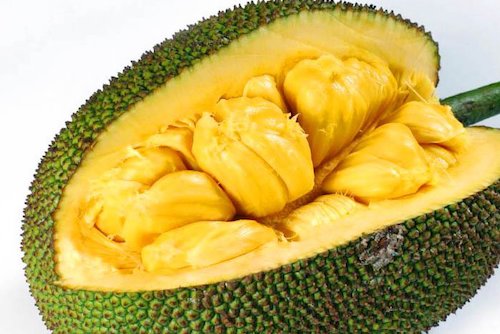
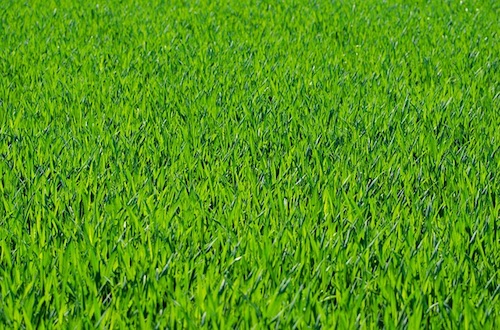
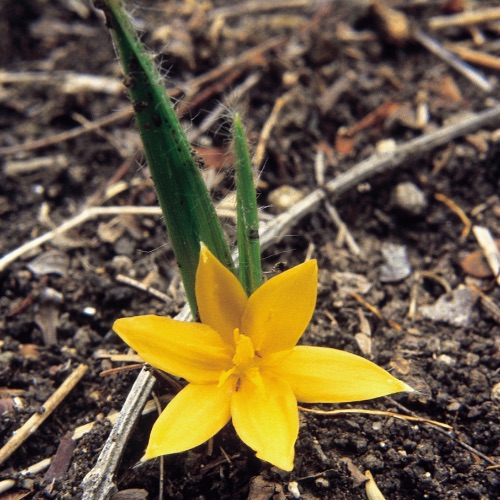
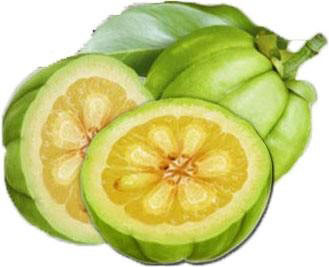
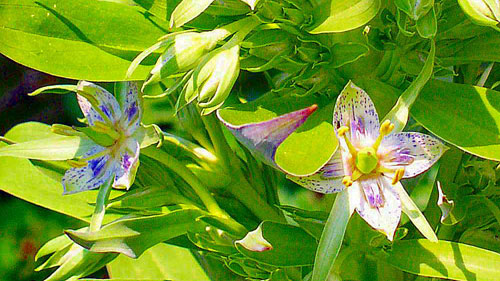
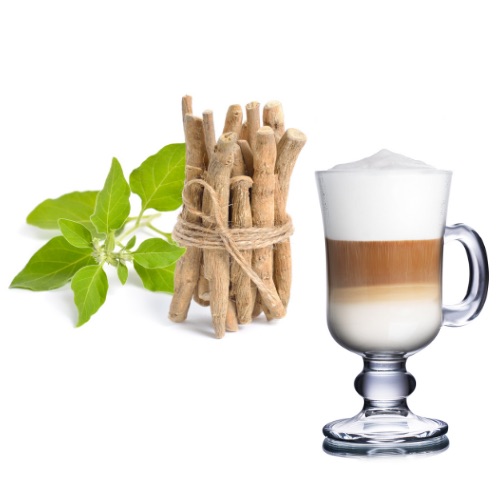
Pingback: Ayurvedic Remedies for Fatty Liver Disease